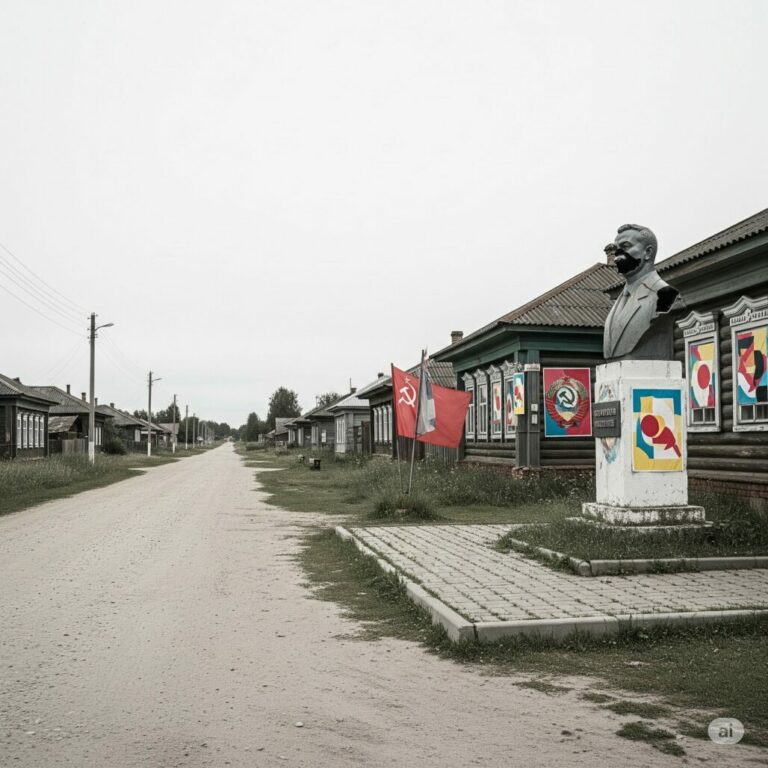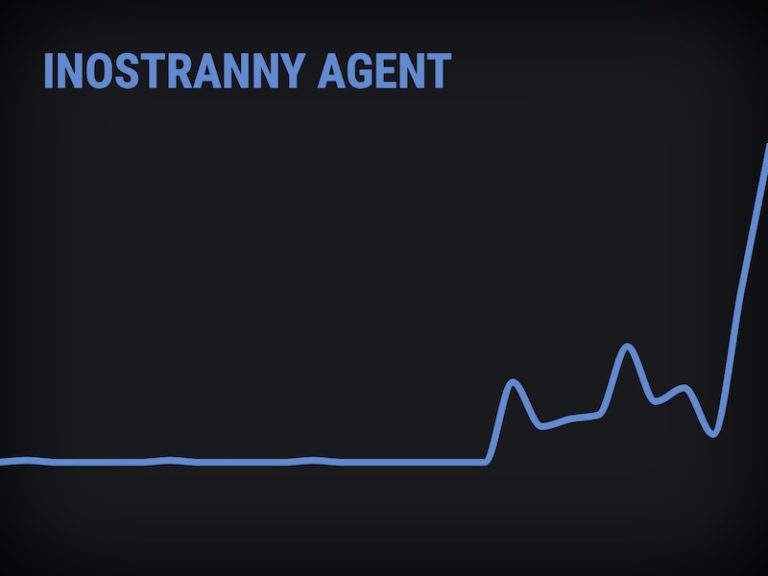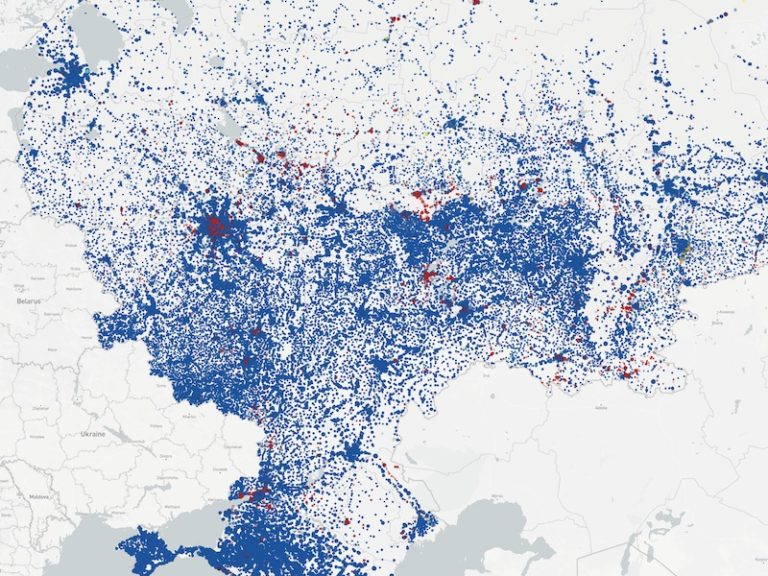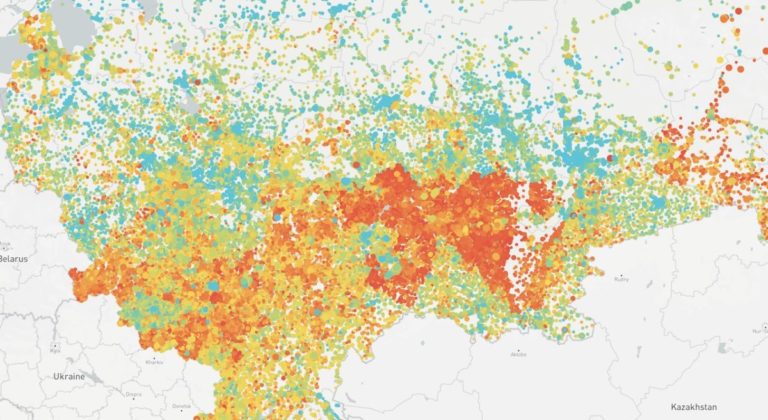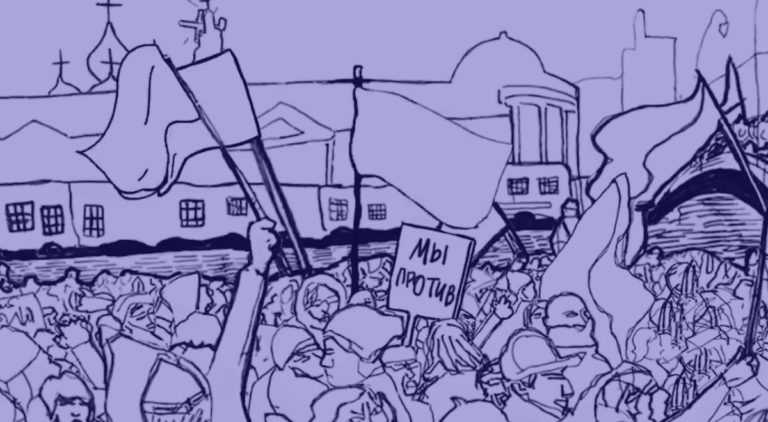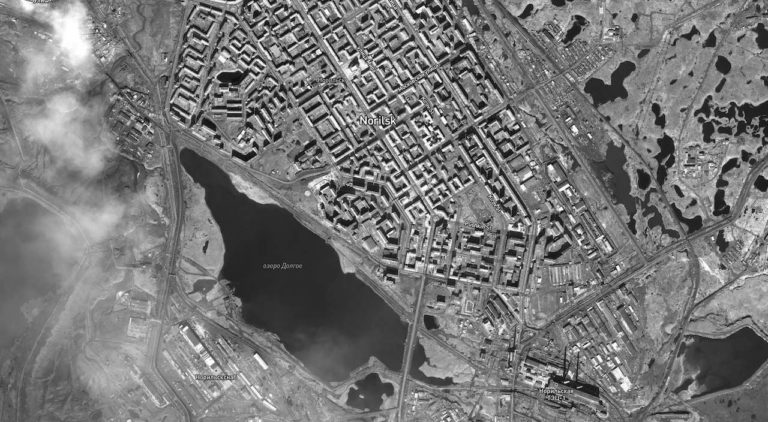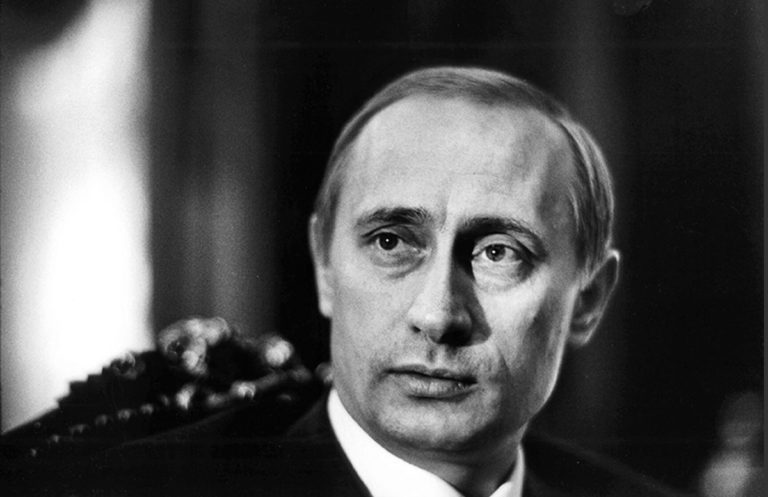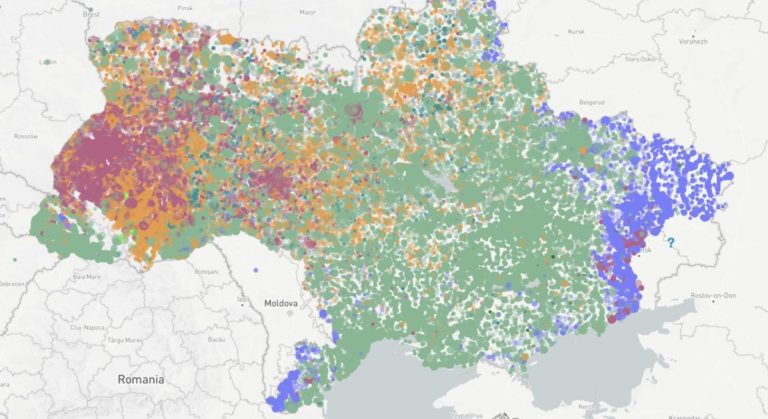It is thanks to translators that there are texts in languages and cultures that they did not originate in. So it is annoying when people behave as though translators don’t exist, as sometimes happens. But where can and should translators be visible? Larissa Schippel addresses the question from a translation theory perspective.
The title of Laurence Venuti’s book The Translator’s Invisibility1 created a furore. It seemed to capture a reality that many translators saw as their own and one that was perceived, in many instances, as an injustice. The respects in which Venuti’s analysis was restricted to translation activity in Anglo-American culture, however, do not seem to have received the attention they deserve:
It refers to two mutually determining phenomena: one is an illusionistic effect of discourse, of the translator’s own manipulation of English; the other is the practice of reading and evaluating translations that has long prevailed in the United Kingdom and the United States, among other cultures, both English and foreign language. A translated text, whether prose or poetry, fiction or nonfiction, is judged acceptable … when it reads fluently, … giving the appearance … that the translation is not in fact a translation, but the “original”.
If one embeds translation in a more comprehensive concept of transfer, thus adopting a processual conception of translation, one arrives at these three stages: the selection of the source text, the transformation and, finally, the process of reception. I thought it would be interesting to examine where, in this larger process, the option of visibility is available to translators.
WHO ACTUALLY SELECTS THE TEXTS
1. Selection of the source text – or: how does a text become a source text?
A translation process always requires the selection of one text from an almost infinite universe of texts. A question arises with reference to the specific circumstances of the translation activity (institutional translation, translation for a publishing house, a company, freelance translation – to note just a few of the relevant points): When does who select which text is to be translated, and why? More specifically: How much say does the translator have in the selection of a text? What interests lie behind the selection of a text? What motives are behind making this translation?
It is true, then, that translators may – depending on the circumstances – have an opportunity to become visibly involved in the selection of the text during this first stage.
VISIBILITY IN TRANSLATION IN THE NARROW SENSE
2. During the core process, the transformation of the source text into a target-language version – the translation activity per se –, translators have opportunities for visibility: through their interpretation of the source text, the translation strategy derived from this interpretation, and the means they use to implement this strategy, means associated with all linguistic levels and possibly also non-linguistic signs. Sometimes a translator’s distinctive “handwriting” can be identified in, for instance, the way the translation is fitted into the target-language space, thus testifying to the translator’s visibility.
Two translations (one German and one Russian) of Entretiens sur la pluralité des mondes2 by Bernard le Bovier de Fontenelle (1686) can serve as examples to demonstrate the activities of two (very) visible translators:
One is the German-language version by Johann Christoph Gottsched. In Gottsched’s translation, which emerged out of the French Enlightenment, he also polemicised with the author, commenting on and even correcting his statements, all of which he made transparent in footnotes.
The other translation is the Russian-language version by Count Antioch Kantemir (both his and Gottsched’s translations date to the early 18th century). Kantemir, a Russian nobleman who served as an ambassador, first in London and later in Paris, influenced the selection of the text and was thus active right from the start of the process. His aim in translating the text into Russian was “to render this service to his country”. Like Gottsched, Kantemir comments on the text as he saw fit, but he does so in a completely different manner. For Kantemir, the aim was to acquaint an “unenlightened” Russian readership with the enlightenment thinking and, above all, to introduce them to the Copernican heliocentric view – Kantemir’s translation strategy can be interpreted in these terms, and thus so too can his presentation of himself as an agent of Enlightenment.
VISIBLE ENGAGEMENT IN THE RECEPTION PROCESS
3. Lastly, the third stage – the reception of the translated text – also harbours opportunities for visible activity on the part of translators, for communicating their own interpretations and translation strategies to a larger circle, for drawing attention to the text, and for placing their own role as translators in an appropriate light.
One could perhaps conclude from all this that invisibility is not a destiny, but a situation arising from contemporary history and culture. It is not insurmountable, harbours opportunities and heightens responsibility. As an indication of a democratic culture of translation, visibility is a worthy aspiration, though one not (yet) realised.
Laurence Venuti (1995): The Translator’s Invisibility. A history of translation. London: Routledge.
Bernard le Bovier de Fontenelle (1686) : Entretiens sur la pluralité des mondes. Here the 1804 version. Nouvelle édition à Lyon, de l’imprimerie d’Amable Leroy.


